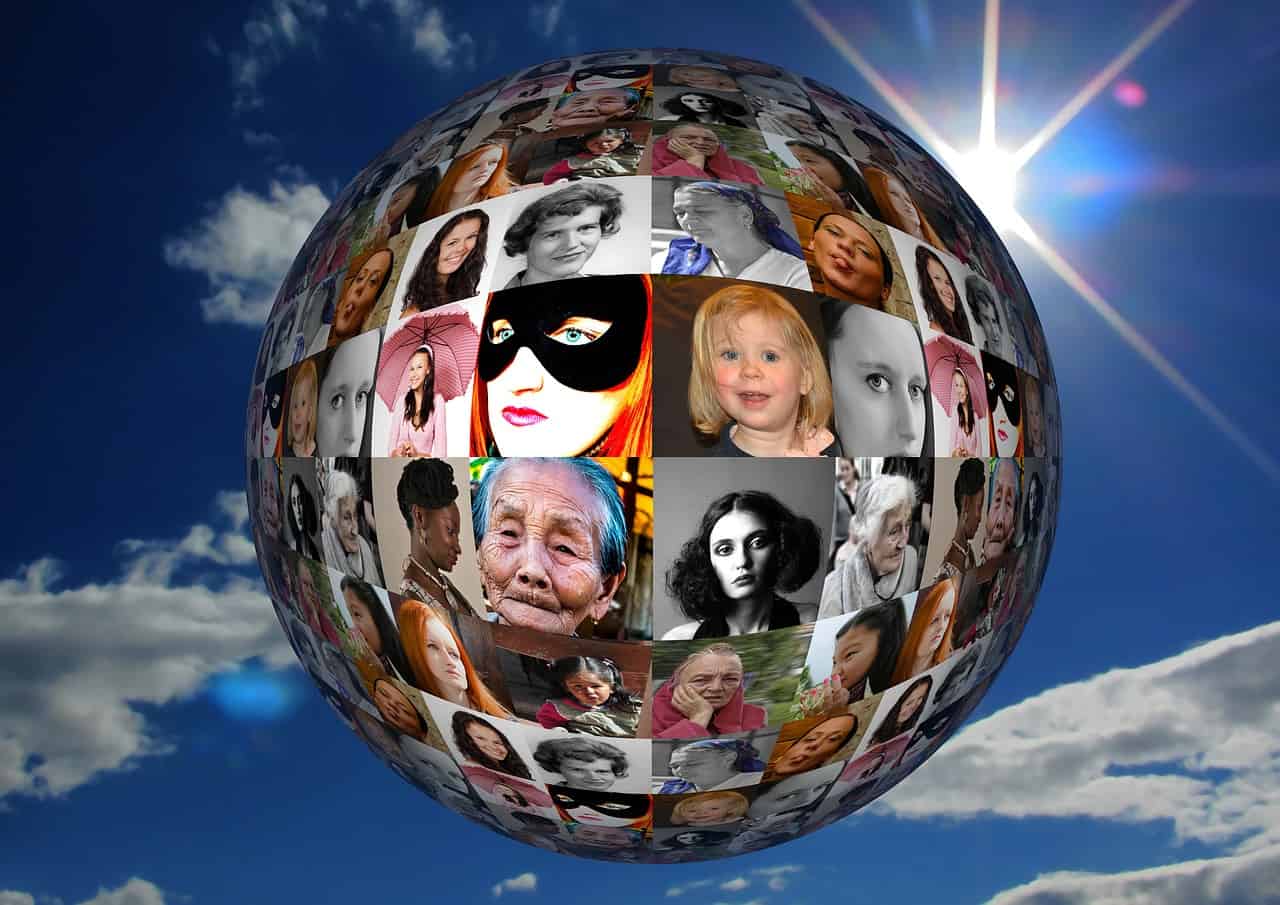Diversity and Inclusion as an Enabler for Great Leadership
On this International Women’s Day, let’s talk about empowering leaders not women because they need strong and diverse partnership now more than any gender ever needed help
It’s time to shift the global mindset around women issues. Regardless of the roles they play in families, communities, businesses, and/or governments, it has become crystal clear that women can be astonishingly resourceful, insightful, and powerful. Even in the most disadvantaged or traditional communities, matriarchs have been known to have transformational impacts on their tribes including the most mature and strongest male leaders. Organizations and communities that deprive themselves of real contribution from women could be depriving themselves of not only opportunities to grow but also their chances of survival. It’s like turning off half of your brain or one side of your body and expecting to compete with those who bring their whole bodies or brains to every situation.
Historically, many of us come from communities that held matriarch leaders in high regards. But, we’re having to fight some long battles in modern times to secure seats around the table as women leaders. Now more than ever, new and different risks and opportunities are facing community, business, and state leadership everyday. This diversity in challenges and opportunities requires diversity in thought and approaches. Yet in many circumstances we find ourselves having to justify the need for inclusive leadership. And we still address women issues from the point of view of solving problems for women and empowering them. Effective and successful leaders understand that they are not going to be able to conceptualize and realize grand visions just by surrounding themselves with people that look, think, and interact like them. They look to empower themselves with improving diversity and inclusion (D&I) at the top levels.
“A good leader can engage in a debate frankly and thoroughly, knowing that at the end he and the other side must be closer, and thus emerge stronger. You don’t have that idea when you are arrogant, superficial, and uninformed.” Nelson Mandela
As eloquently put by Nelson Mandela, great leaders seek diversity in thought and get excited about engaging in debate and growing collectively in the process. They understand that by inviting differences in opinion, approach, and human interaction style they will be able to expand their opportunities and mitigate their risks more and more creatively. The opportunity costs of homogeneity in leadership can be very high and many of us have observed them first hand. I believe that improving gender diversity and inclusion will require a mindset shift around the way we approach leadership development and assessment. Realizing our full leadership potential going forward is going to mostly hinge on a leader’s ability to leverage D&I as an enabler for their own growth and success rather than an objective in and of itself.
Starting with vision, we have long entered a world where leaders are differentiated by their ability to develop and realize visions that go beyond their individual imagination or the imagination of those with similar backgrounds. A key question for leaders to consider is: to what extent have women and other diverse groups with different backgrounds influenced your vision?
When it comes to strategy, regardless of whether a leader is be empowered by D&I or not, their competitors, vendors, and clients probably are. Leaders would benefit from continuously asking themselves if they are at least at par with their competitors and vendors in terms of the diversity of expertise they attract and truly leverage. Another important question is about the extent to which members of leadership teams represent current and potential market niches. Much money is being left on the table by leaders that refuse to build leadership teams that match the diversity of their clients and competitors.
And of course the importance of communication to successful leadership cannot be overstated. Effective communication takes listening to what’s not being said in addition to what’s being said, which can be very challenging. Another challenge is getting your message across as a leader in ways that motivate an increasingly diverse workforce and attract an increasingly diverse client and investor base. In today’s complex world, it’s practically impossible for a homogenous leadership team to master communication without the contribution of leaders whose genders, backgrounds and experiences prepare them to communicate differently.
I’m sure much of what I shared here is not shocking. But what’s shocking is the fact that we still talk about helping women much more than we talk about helping leaders and organizations through attracting more insightful, powerful, and resourceful women.
